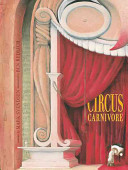
In rhyming nonsense verse, a young girl explains how the creatures who live in her head affect her behavior.
Catalog sorted by age group

In rhyming nonsense verse, a young girl explains how the creatures who live in her head affect her behavior.
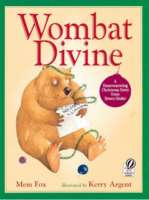
Wombat loves everything about Christmas–especially the Nativity play. He’s wanted to be in it for as long as he can remember. At last he’s old enough to try out. But at the auditions, the first part goes to someone else. So does the next. And the next … Will there be a part left for Wombat?
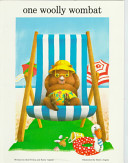
Humorous illustrations depict fourteen Australian animals, introduced in rhyme, along with the numbers from one to fourteen.
Illustrates the concept of opposites by depicting one day in the household of a family and their busy dog and cat.
This story presents, in text and photographs, the habits, life cycle, and natural environment of the Australian wombat, one of the world’s largest burrowing animals.
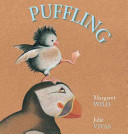
Puffling is a baby—small, white, and very hungry. Every day he waits in the burrow while his parents, Big Stripy Beak and Long Black Feather hunt for food. As he grows, Puffling dreams of the day when he will leave his nest and fly away—but he isn’t ready yet, not until he’s tall and brave enough to fend for himself. Every day Puffling asks his parents, but every day they say he must wait until he has grown bigger. Will he ever be ready to head out into the world on his own?

A young dragon who prefers making daisy chains and dressing up rather than fighting and eating princesses finds a way to be who she is.
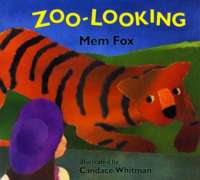
Flora loves looking at all the animals in the zoo, but what a surprise–she isn’t the only one doing the looking! Flora looks at the giraffe, and the giraffe looks back. She looks at the ostrich, and the ostrich looks back, too. But when Flora looks at her dad, she gets the best surprise of all.
Beloved storyteller Mem Fox has created a lively rhyme for zoo-loving children to read and chant out loud. Candace Whitman’s enchanting torn paper pictures add to the joyous fun of the story.

A look at the fascinating sea life in Hawaii. Bowker Authored Title code. A look at the fascinating sea life in Hawaii. Photographs and text introduce the animal and plant life found on beaches, in tide pools, on reefs, and in shallow and deep ocean waters of Hawaii.

Long ago and far away, in a rambling garden beside a clear blue lake, two flocks of birds began to fear each other for their differences. The fear grew, and soon the birds became enemies, hoarding great quantities of weapons for protection–until panic struck and the chance for peace seemed lost forever.